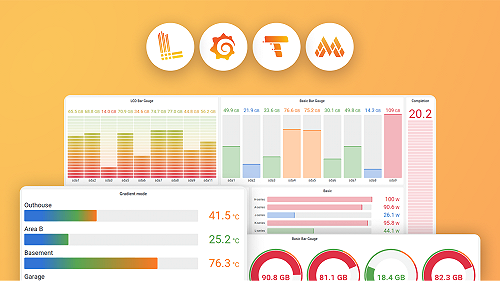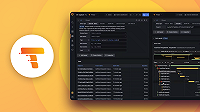Example setups
The following examples show various deployment and configuration options using trace generators so you can get started experimenting with Tempo without an existing application.
For more information about Tempo setup and configuration, see:
If you are interested in instrumentation, refer to Tempo instrumentation.
Docker Compose
The docker-compose examples are simpler and designed to show minimal configuration.
Some of the examples include:
- Trace discovery with Loki
- Basic Grafana Alloy/OpenTelemetry Setup
- Various Backends (S3/GCS/Azure)
- K6 with Traces
This is a great place to get started with Tempo and learn about various trace discovery flows.
Helm
The Helm example shows a complete microservice based deployment. There are monolithic mode and microservices examples.
To install Tempo on Kubernetes, use the Deploy on Kubernetes using Helm procedure.
Tanka
To view an example of a complete microservice-based deployment, this Jsonnet based example shows a complete microservice based deployment. There are monolithic mode and microservices examples.
To learn how to set up a Tempo cluster, see Deploy on Kubernetes with Tanka.
Introduction to Metrics, Logs, Traces, and Profiles example
The Introduction to Metrics, Logs, Traces, and Profiles in Grafana provides a self-contained environment for learning about Mimir, Loki, Tempo, Pyroscope, and Grafana. It includes detailed explanations of each component and annotated configurations for each component.
The README.md file explains how to download and start the environment, including instructions for using Grafana Cloud and Grafana Alloy collector.



